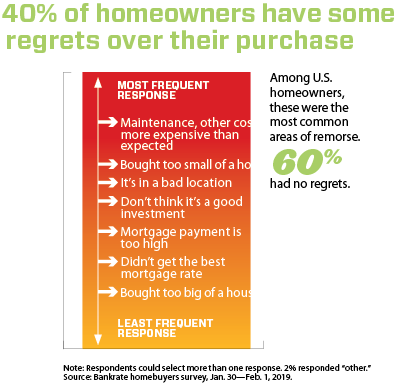In today’s real estate landscape, buyers’ first impressions happen online long before they enter the front door. With over 97% of home searches beginning on the internet, staging for digital marketing requires a specialized approach that differs significantly from traditional in-person staging.
The Digital Difference
Digital photography can flatten spaces, making rooms appear smaller and less inviting. When staging for online listings, create visual depth by positioning furniture diagonally. This simple adjustment creates a sense of movement and space that translates beautifully to the screen.
Lighting becomes even more critical in digital presentations. Natural light photographs best between 10 a.m. and 2 p.m., but supplemental lighting is often necessary to eliminate harsh shadows that appear more pronounced in photographs than in person.
Color strategy also plays a crucial role. While neutral bases remain important, strategic pops of color—particularly blues, greens and selective reds—stand out in thumbnail views when buyers scroll through listings.
The AI Revolution
Virtual staging with artificial intelligence has transformed how agents present properties online. This technology allows completely empty properties to be digitally furnished, dramatically improving their online appeal without the expense of traditional staging.
Best practices for AI staging begin with selecting the right service. Look for providers offering photorealistic furniture with proper shadowing and perspective. Technology has advanced tremendously, with today’s premium AI staging nearly indistinguishable from photos of actually staged homes.
Ethical considerations require transparency. Always disclose when images have been virtually staged by including a “Virtually Staged” notation and providing unstaged photos alongside enhanced versions. Many leading brokerages now include interactive features allowing viewers to toggle between staged and unstaged versions, building trust while showcasing potential.
For maximum effectiveness, maintain design consistency throughout virtually staged rooms. Inconsistent styles create a jarring experience when scrolling through listings. Instead of furnishing utility spaces, focus virtual staging efforts on primary living areas where buyers make emotional connections.
Optimizing Multiple Devices
Remember that most initial property searches occur on mobile devices. Include eye-catching focal points that register even on small screens, and test how your listings appear on various devices before publishing.
For 3D virtual tours, staging considerations extend beyond the traditional front-facing view used in photography. Ensure all angles of rooms look finished, avoiding the “movie set” effect of spaces that look good from only one perspective.
The Human Touch
Despite technological advances, the most effective digital staging still incorporates an understanding of how people actually live in their spaces. Technology gives us tools, but successful staging requires psychological insight. We’re not just decorating rooms—we’re helping buyers emotionally connect with their potential future home.
By thoughtfully implementing these digital staging practices, you’ll create compelling presentations that help potential buyers envision themselves in the space and drive more in-person showings.








